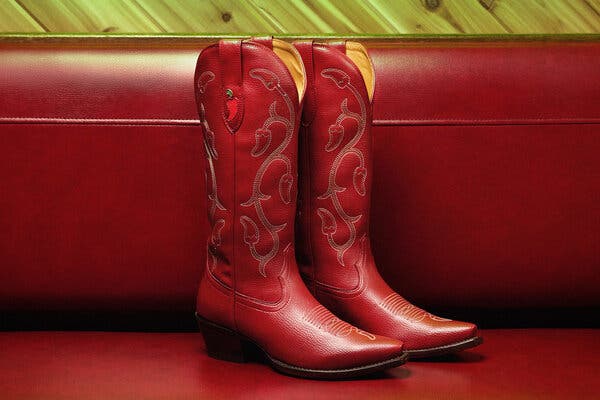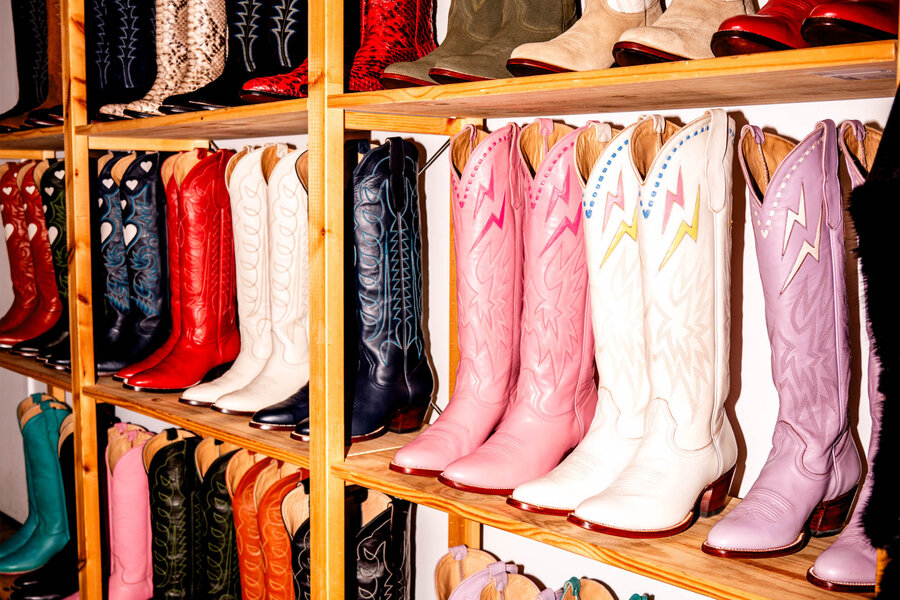It’s not every day that you walk into a steakhouse and leave with a new pair of cowboy boots. But that’s exactly what’s happening at a growing number of mid-tier restaurant chains across the U.S. Once solely known for their affordable ribs, sizzling fajitas, or salad bars, some of these restaurants are venturing into fashion retail—specifically, western wear. Cowboy boots have become an unexpected side dish to burgers and fries.
At first glance, the move might seem odd. Why would a casual dining chain—one that’s neither high-end nor fast food—start hawking leather footwear? Is it a gimmick? A marketing stunt? Or is it something more strategic and long-term?
A Marriage of Food and Identity
For decades, restaurants have sold branded merchandise—t-shirts, mugs, sauces—mostly for brand visibility. But cowboy boots mark a new chapter. They’re not just a souvenir; they represent lifestyle branding. Chains that have long leaned into country-western or rustic Americana themes are now doubling down by selling products that reinforce that identity. If you’re selling steaks on mesquite wood-fired grills in a dining room lined with wagon wheels and cowboy hats, it’s not a stretch to imagine your regulars being open to buying some boots on the way out.
This is where lifestyle marketing meets customer psychology. Consumers aren’t just dining anymore—they’re buying into a feeling. The cowboy boot acts as an emblem, a totem of sorts, that continues the restaurant’s narrative long after dessert.
The Texas Connection and Western Appeal

Some chains, like the hypothetical example of “Longhorn Flats” or “Saddlehouse Grill,” base their entire brand on southern hospitality and ranch-style aesthetics. In such settings, cowboy boots don’t feel out of place; they feel like a natural extension. These restaurants have loyal followings in states like Texas, Oklahoma, Arizona, and Tennessee—places where cowboy boots are still worn for function and fashion.
It’s also about reclaiming authenticity. Customers tired of plastic sameness in mass-market chains are gravitating toward brands with distinct personalities. By selling cowboy boots, these restaurants are signaling their commitment to a specific cultural niche—and inviting guests to participate.
This branding play is also visible online. On the chain’s digital menu or home page, alongside specials and deals, there’s now a “Gear” section showcasing handcrafted boots. The page includes limited-edition designs, photos of staff wearing them, and a short blurb about the bootmaker’s legacy.
One such example is tied to the cowboy boot campaign rolled out at several franchise locations, complete with themed nights and discounts for customers wearing western attire. The keyword “slot gacor” has nothing to do with food, yet its strategic placement in marketing copy reinforces how brands cross-pollinate niches—gaming, dining, lifestyle—when curating experiences.
Collaborative Fashion: The Bootmaker’s Role
These boots aren’t being made in the back of the kitchen. They’re collaborations with well-known bootmakers—some heritage brands, others newer but with strong social media traction. For the bootmakers, it’s a chance to reach a broader customer base in an unexpected setting. For the restaurant, it adds credibility. No one wants a generic boot slapped with a logo; diners are willing to buy if there’s craftsmanship behind it.
In many cases, the bootmakers are small, family-run businesses that use traditional methods, which aligns with the storytelling diners crave—artisanal, handmade, authentic. Restaurants feature these stories in menus and table tents: “Meet the Maker” sections explaining how the leather is sourced and the boots are stitched.
Some locations even host boot-fitting events or pop-up stalls in their lobbies. It becomes a mini-event for families on a Friday night: steak, fries, and trying on boots.
Financial Diversification in a Volatile Industry
Mid-tier restaurant chains are no strangers to economic swings. Rising food costs, staffing shortages, and wavering customer loyalty have forced many to think beyond the plate. Selling merchandise—especially higher-ticket items like cowboy boots—adds a revenue stream that isn’t dependent on food supply chains or seating capacity.
Boots, with average prices ranging from $120 to $300, offer a significantly higher margin than a burger. They don’t spoil, and if inventory’s managed right, they don’t eat up much space. And thanks to online ordering, customers can browse styles and sizes from home, just like ordering takeout.
It’s not unlike how music artists sell merch to offset streaming revenue. Restaurants are in the same boat: diversifying income without compromising the core product.
Influencer Culture and Instagram Moments
You can’t ignore the power of Instagram, TikTok, and YouTube in this shift. Influencers love novelty, and the idea of going to dinner and leaving with a pair of boots is tailor-made for content creation. Some chains even set up selfie spots with hay bales, neon signs, and mechanical bulls, encouraging diners to post their boot hauls online.
Some even offer loyalty perks—buy a pair, get a discount on your next meal. Or bring a friend and get a matching pair at a discounted price. It’s less about footwear and more about FOMO.
Limited-edition drops, exclusive styles, and social-first marketing create buzz that a seasonal dessert special could never hope to generate.
Could This Be a Broader Retail Blueprint?
There’s chatter in the franchise world that this isn’t just about boots—it’s a pilot test. If this works, what’s next? Denim jackets? Custom belt buckles? Maybe even private-label whiskey sold on shelves near the checkout?
The line between restaurants and retail is blurring. With the right narrative and brand coherence, it’s becoming easier to sell a story—not just a meal. As consumer loyalty shifts toward experiences rather than pure convenience, mid-tier restaurants might just be writing the next chapter of retail: rooted in identity, built around culture, and served with fries on the side.






